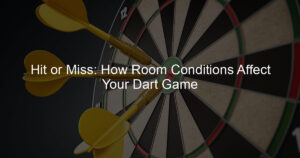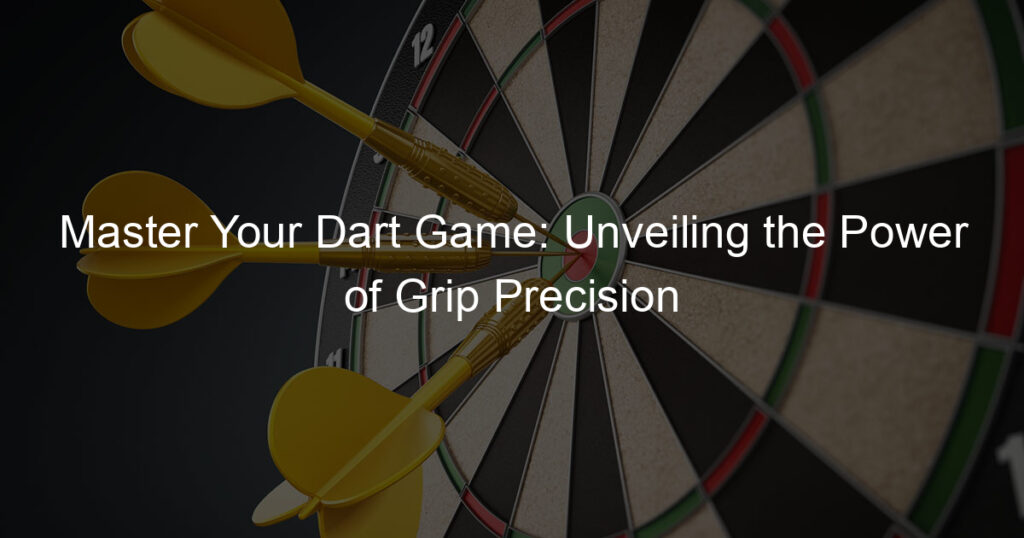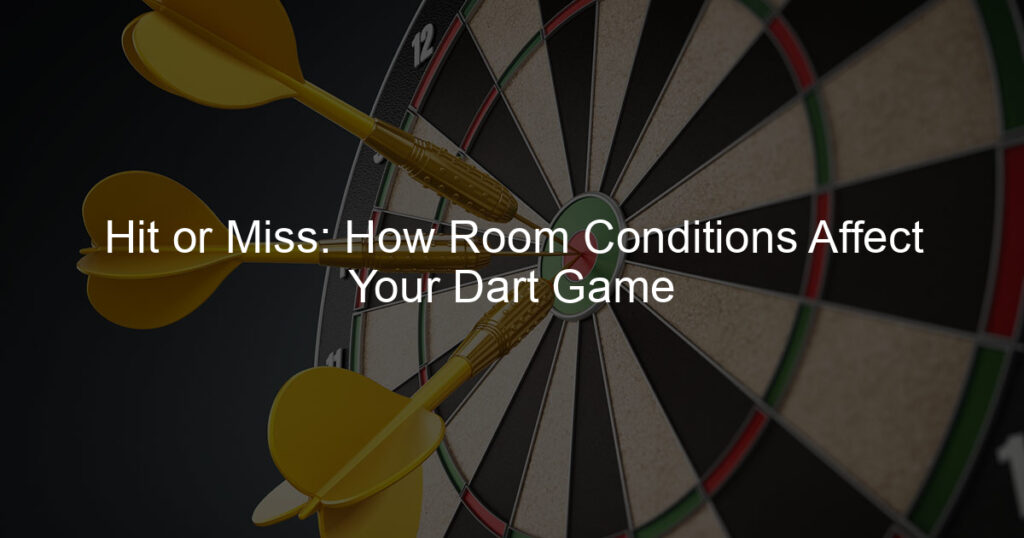Master Dart Board Scoring: An Essential Guide to Scoring Darts
Dart games have captivated players for generations, providing endless entertainment and friendly competition. Beyond the surface appeal, there’s an intricate world of strategy and skill that separates casual players from seasoned pros. Are you ready to dive deeper into the realm of dart board scoring and elevate your game?
This comprehensive guide will take you on a journey through the ins and outs of dart board numbers, the anatomy of a dartboard, popular dart games, and their scoring methods, mastering your throw, recording, and keeping track of scores, and dart board maintenance. It’s time to unlock your full potential and become a true dart aficionado.
- Understand dartboard numbers and anatomy for better scoring.
- Master single area, double/triple rings & bullseye scoring to win games like 501/301 or “Around the Clock”.
- Improve your throw & keep track of scores with pen & paper or digital apps. Maintain board and darts for maximum enjoyment.
Understanding Dart Board Numbers
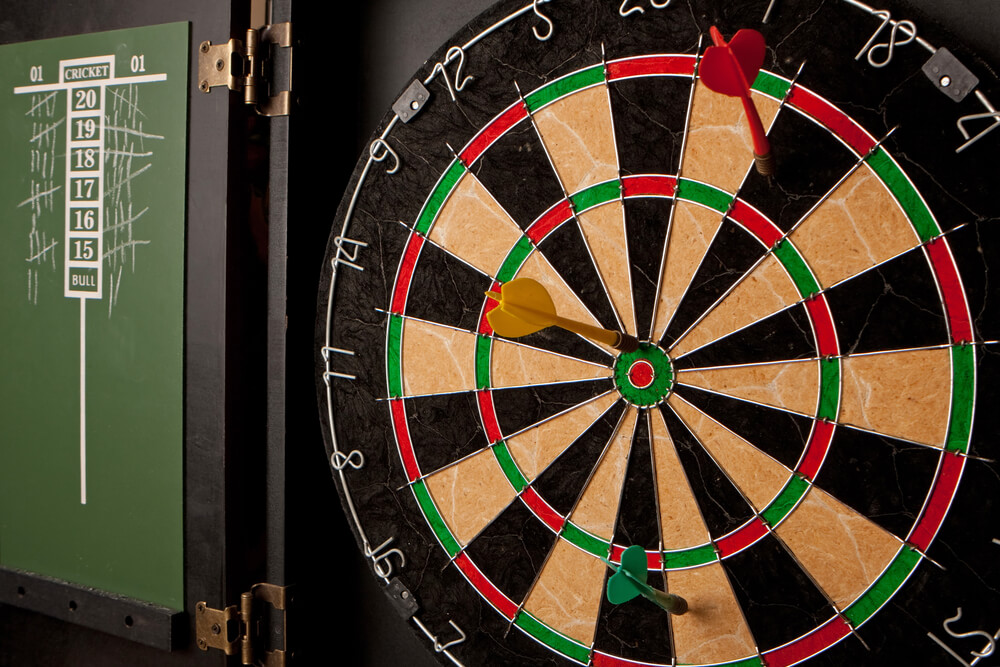
Dart boards, also known as dart boards, are adorned with a seemingly random arrangement of numbers from 1 to 20. This unique layout is far from arbitrary; it’s designed to reward skillful throws and punish haphazard ones, like a poorly aimed dart thrown without precision. Understanding the significance of these numbers is crucial for scoring and developing a winning strategy.
The highest score you can get on a dartboard is 20, which is the maximum number of points you can get in a single throw. It’s important to note that the numbers on the dartboard are not in sequential order. This non-sequential arrangement adds an element of challenge and strategy as you play darts and aim for the highest score possible. Mastering the dart board numbers will give you an edge over your opponents and help you rack up the most points in various dart games.
The Anatomy of a Dartboard
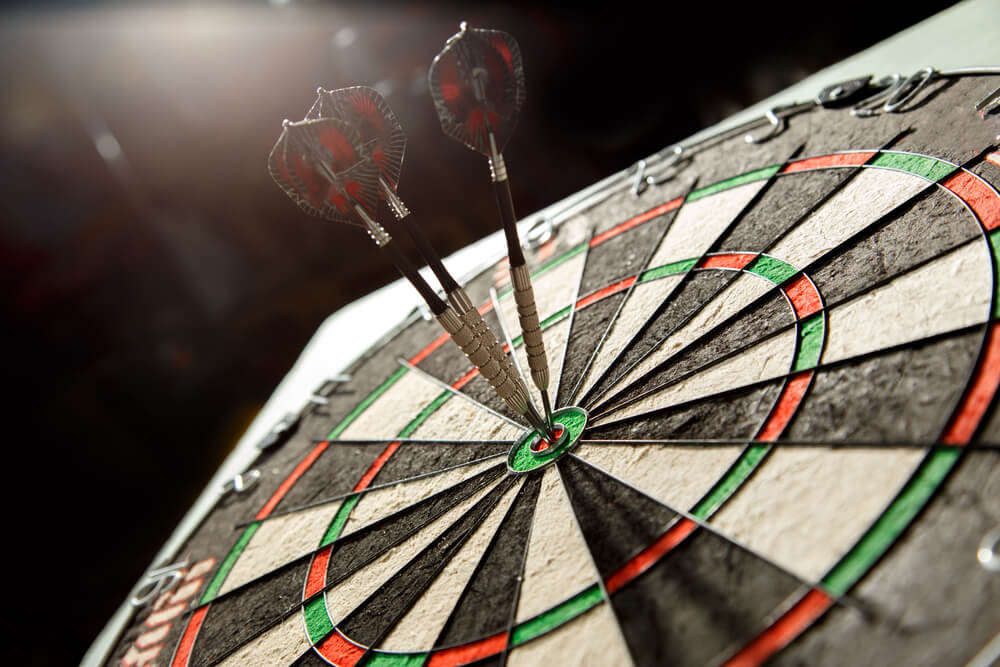
A dartboard is more than just a collection of numbers; it’s a carefully crafted piece of equipment designed to test your accuracy and reward skillful play. The dartboard is divided into various sections, each with its unique scoring values, making it essential to learn how to score darts effectively.
To truly excel in dart games, you must understand the anatomy of a dartboard and how each section contributes to your overall score.
Single Area Scoring
Single-area scoring refers to the yellow and black sections next to each number on the dartboard. Hitting any of these sections will result in a score equal to the number of points indicated by that section. While these areas may not offer the highest possible scores, they are crucial for building a solid foundation in your game and can still contribute significantly to your overall score.
In games like English Cricket, single-area scoring is especially important for the batting player, as they must hit these sections to accumulate points. Mastering single-area scoring will help you maximize your points and ensure that you don’t miss out on valuable scoring opportunities.
Double and Triple Rings
The double and triple rings are two concentric circles that surround the numbered sections on the dartboard. The outer ring, also known as the double ring, doubles the points of the section it encircles, contributing to the outer ring scores. Conversely, the inner ring, or triple ring, triples the points of the section it surrounds. Hitting these rings can significantly boost your score and give you an edge over your opponents. In some games, the triple ring counts double, adding an extra layer of strategy to the competition.
However, aiming for the double and triple rings also carries a risk: miss, and you might end up with fewer points than if you had aimed for a single area. Balancing risk and reward is a crucial aspect of dart strategy, and knowing when to target these high-scoring rings can make all the difference in your game.
Bullseye Scoring
At the center of the dartboard lies the bullseye, a small circle that can yield substantial points when struck. The bullseye is divided into two sections: the inner bullseye (red), also known as the double bull, which is worth 50 points, and the outer bullseye (green), which is worth 25 points. Achieving these bullseye scores can significantly impact a player’s overall performance, especially when inner bull counts are high.
While hitting the bullseye can certainly boost your score, it’s not always the best strategy. In some dart games, targeting specific numbered sections or rings may be more advantageous than aiming for the center. However, mastering bullseye scoring is still an essential skill for any serious dart player.
Popular Dart Games and Their Scoring Methods

Now that you have a solid understanding of dartboard anatomy and scoring, it’s time to explore some popular dart games and their unique scoring methods. From classic games like 501 and 301 to variations of Cricket and the fast-paced Around the Clock, there’s a dart game to suit every player’s taste and skill level.
No matter your preference, each game has its own set of rules and scoring methods. Knowing the basics of each game will help you get the most out of your dart-playing experience.
501 and 301
501 and 301 are classic dart games in which players take turns throwing three darts, subtracting their total score from either 501 or 301 points. The objective of these games is to reach exactly 0 points, with the score that brings you there being a double.
Winning in 501 and 301 requires a combination of skill and strategy, as players must carefully calculate their player throws to reach 0 points without going below. Hitting doubles, triples, and bullseyes can expedite your path to victory, but accurately aiming for specific sections of the board is essential to prevent overshooting your target and scoring as many points as possible. In this game, landing killer hits can make all the difference in achieving success.
Around the Clock
Around the Clock is a fast-paced dart game that tests players’ accuracy and consistency. The objective of this game is to hit every number on the dartboard in numerical order, starting with 1 and ending with 20. There’s no scoring involved in Around the Clock; the winner is simply the first player to hit all the numbers in order.
This game is an excellent way to practice your throwing accuracy and develop your ability to hit specific sections of the dartboard. As you progress through the numbers, you’ll quickly learn the importance of precision and consistency in your throws.
Cricket Variations
Cricket is a versatile dart game with numerous variations to suit different skill levels and preferences. In the standard Cricket game, the aim is to close out the board by throwing three darts in a given number while also getting the highest score. Hitting doubles and triples can result in automatic closeouts and significantly boost your score.
One popular variation is English Cricket, which features two players taking turns batting and bowling. The batting player must score points by hitting the numbered sections, while the bowling player aims to take wickets by hitting the bullseye. With its unique gameplay and scoring system, Cricket offers a refreshing change of pace from traditional dart games.
Mastering Your Throw
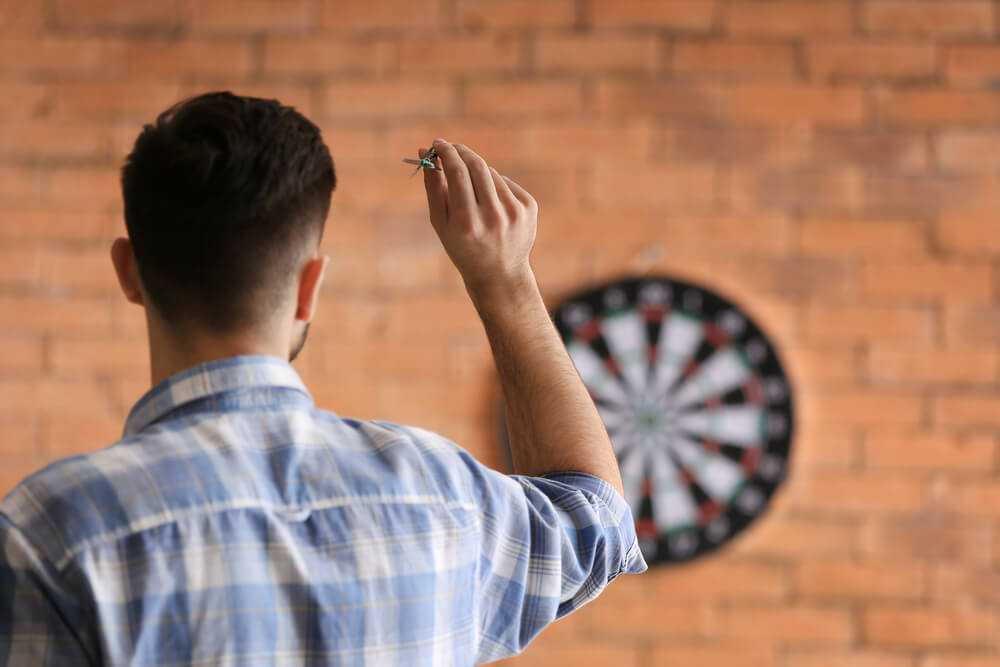
Becoming proficient in darts requires more than just understanding the rules and scoring systems; you must also master the art of throwing. A smooth, efficient throwing motion is essential for accuracy and consistency in your throws. One common mistake beginners make is holding their throwing hand too low, which can cause the dart to veer off course.
To improve your throw, focus on maintaining a steady grip on the dart and using a smooth, fluid motion as you release it. Practice makes perfect, so dedicate time to honing your skills and refining your technique. With persistence and dedication, you’ll soon see improvements in your accuracy and overall performance.
Recording and Keeping Track of Scores

Keeping track of scores during dart games is essential for monitoring your progress and determining the winner. There are several methods for recording and tracking scores, ranging from traditional pen and paper to digital apps and scoreboards. Regardless of the method you choose, it’s crucial to accurately record each throw and update the scores accordingly.
For those who prefer a more traditional approach, graph paper and a pen or pencil are all you need to record scores manually. Alternatively, numerous darts scoring apps are available for those who prefer a digital solution. Whichever method you choose, keeping an accurate record of scores will ensure fair gameplay and allow you to track your improvement over time.
Dart Board Maintenance
To ensure longevity and optimal performance, it’s essential to properly maintain your dartboard. Regularly rotating your dart board every few weeks will help prevent uneven wear and extend its life. Additionally, wiping down your dartboard with a dry cloth after each use will keep it clean and free from moisture.
Maintaining your darts is equally important. Using darts with smooth, sharp points will improve your throwing accuracy and overall performance. Regularly inspect the points of your darts and replace them if they become dull or damaged. Proper maintenance of both your dartboard and darts will ensure a consistently enjoyable playing experience.
Summary
Understanding the dart board scoring and mastering the art of throwing are essential for elevating your game and outperforming your opponents. This comprehensive guide has provided you with the knowledge and tools to excel in popular dart games, improve your accuracy, and maintain your equipment for optimal performance.
Now it’s time to put this newfound knowledge into practice. Grab your darts, step up to the line, and unleash your full potential. With dedication, practice, and a keen understanding of dart board scoring, you’ll soon be hitting the bullseye with confidence and skill.
Frequently Asked Questions
How do you score on a dart board?
When playing darts, the score of each dart is determined by where it lands on the board. If a dart lands on a black or white number segment, it scores that amount; if it lands on the outer red or green section of a number, the score is doubled; and if it lands on the inner red or green section of a number, the score is tripled.
Additionally, landing in the center circle will earn a score of 25, while the bullseye earns a score of 50.
How many points is each spot on a dartboard?
Each spot on a dartboard is worth a different number of points. The bullseye is divided into an outer ring worth 25 points and an inner ring worth 50 points.
Other numbered segments on the dartboard have 2 single areas, 1 triple area, and 1 double area. These areas are worth different amounts depending on their location.
What is the goal score in darts?
The goal score in darts is to reduce the fixed score of either 301 or 501 to zero (“checking out”) with the final dart landing in either the bullseye or a double segment. Doubles consist of the numbers in the outside narrow scoring band and the center (small) bullseye, which counts as 50 points.
What is the highest score you can get on a dartboard?
You can get the highest score of 20 on a dartboard if you manage to hit the bullseye – so practice your aiming!
Aiming is an important skill to master if you want to be a successful dart player. It takes practice and dedication to hone your skills and become a master of the dartboard. With practice, you can become a pro.
How do you score in the single area of a dartboard?
To score in a single area of a dartboard, aim for sections that aren’t the double or triple rings for the highest chance of success. Each section will give you points indicated by the value it displays.
Remember to keep your throws accurate and practice frequently!




